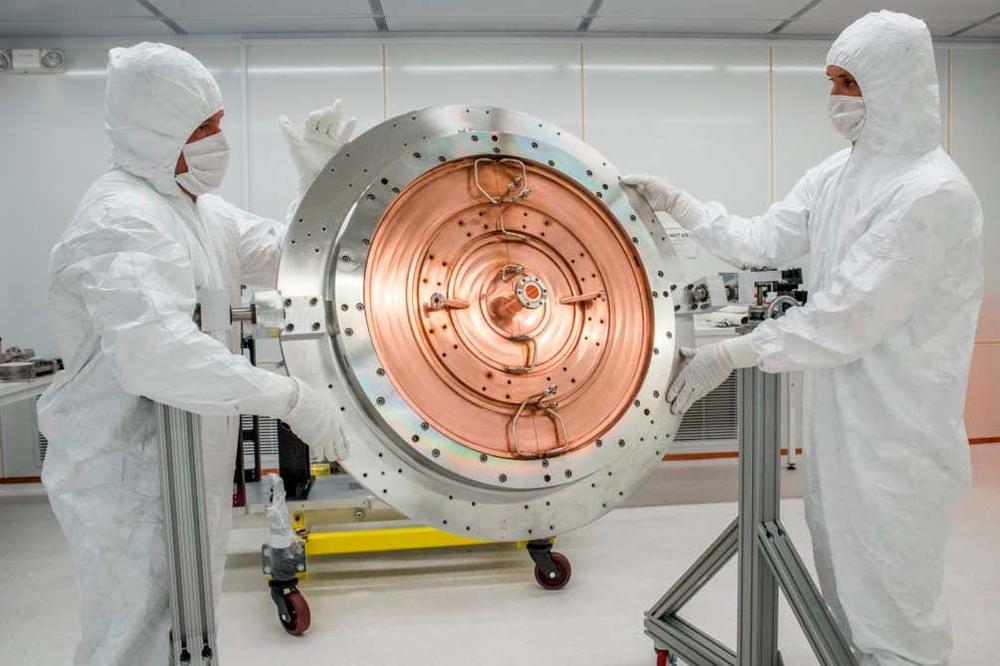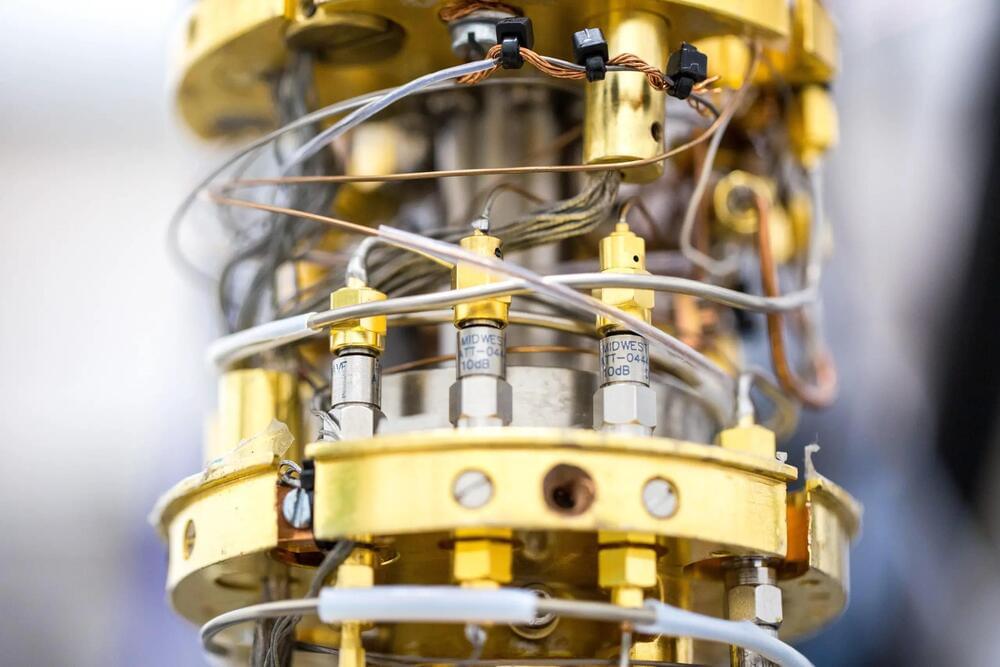The Linac Coherent Light Source II X-ray laser will be so fast and bright that it will allow people to create movies of atoms moving inside molecules.


From the forthcoming album “Metropolis: Live at the Roxy Theatre.” Recorded live at the Roxy Theatre, Owen Sound, on December 15th 2012 in front of a theatrical audience.
Music composed and performed by the Silent Film Ensemble.
The next generation of video game characters could be powered by AI, making them more engaging and challenging.
2023: amateur movies, TV, books, & games.
2030: all above, and more, at professional level quality.
There’s a new Knives Out movie on Netflix, and I still haven’t seen a few of this season’s awards contenders. But the film I most wish I could watch right now is Squid Invasion From the Deep. It’s a sci-fi thriller directed by John Carpenter about a team of scientists led by Sigourney Weaver who discover an extraterrestrial cephalopod and then die one by one at its tentacles. The production design was inspired by Alien and The Thing; there are handmade creature FX and lots of gore; Wilford Brimley has a cameo. Unfortunately, though, I can’t see this movie, and neither can you, because it doesn’t exist.
For now, Squid Invasion is just a portfolio of concept art conjured by a redditor using Midjourney, an artificial-intelligence tool that creates images from human-supplied text prompts.
A small enterprising team of filmmakers used ChatGPT to write and direct a short movie augmented by other AI programs.
In a groundbreaking achievement, Aaron Kemmer and his co-producer Richard Juan have successfully used ChatGPT, one of today’s hottest artificial intelligence chatbots, to write and direct a film in just one weekend.
That’s right, while it typically takes roughly 1–2.5 months for most indie filmmakers to pull off a project of this caliber, ChatGPT has truly raised the bar and set a new standard for what’s possible in the world of indie filmmaking.
ChatGPT has taken the world by storm since its launch, but few creatives have truly explored its full potential. Juan and Kemmer are breaking new barriers by using AI to revolutionize film production.

After the release of The Jazz Singer in 1927, all bets were off for live musicians who played in movie theaters. Thanks to synchronized sound, the use of live musicians was unnecessary — and perhaps a larger sin, old-fashioned. In 1930 the American Federation of Musicians formed a new organization called the Music Defense League and launched a scathing ad campaign to fight the advance of this terrible menace known as recorded sound.
The evil face of that campaign was the dastardly, maniacal robot. The Music Defense League spent over $500,000, running ads in newspapers throughout the United States and Canada. The ads pleaded with the public to demand humans play their music (be it in movie or stage theaters), rather than some cold, unseen machine. A typical ad read like this one from the September 2, 1930 Syracuse Herald in New York:
Tho’ the Robot can make no music of himself, he can and does arrest the efforts of those who can.


Trey Parker and Matt Stone’s AI studio Deep Voodoo said Wednesday that it has secured a $20 million in an investment round led by Connect Ventures. The South Park creators’ startup said it will use the capital to accelerate its development of deep-fake technology, VFX services and original synthetic media projects.
Connect Ventures is an investment partnership between CAA and venture capital firm New Enterprise Associates and represents the first outside capital raise for Deep Voodoo, which was previously funded by Parker and Stone’s entertainment company Park County.
Parker and Stone originally began building out their deep fake technology in early 2020, assembling a team of artists for a feature film they had developed. When the film was suspended amid the Covid shutdown, they pivoted to building out those deep-fake tools.

We see the world around us because light is being absorbed by specialized cells in our retina. But can vision happen without any absorption at all—without even a single particle of light? Surprisingly, the answer is yes.
Imagine that you have a camera cartridge that might contain a roll of photographic film. The roll is so sensitive that coming into contact with even a single photon would destroy it. With our everyday classical means there is no way there’s no way to know whether there’s film in the cartridge, but in the quantum world it can be done. Anton Zeilinger, one of the winners of the 2022 Nobel Prize in Physics, was the first to experimentally implement the idea of an interaction-free experiment using optics.
Now, in a study exploring the connection between the quantum and classical worlds, Shruti Dogra, John J. McCord, and Gheorghe Sorin Paraoanu of Aalto University have discovered a new and much more effective way to carry out interaction-free experiments. The team used transmon devices—superconducting circuits that are relatively large but still show quantum behavior—to detect the presence of microwave pulses generated by classical instruments. Their research was recently published in Nature Communications.